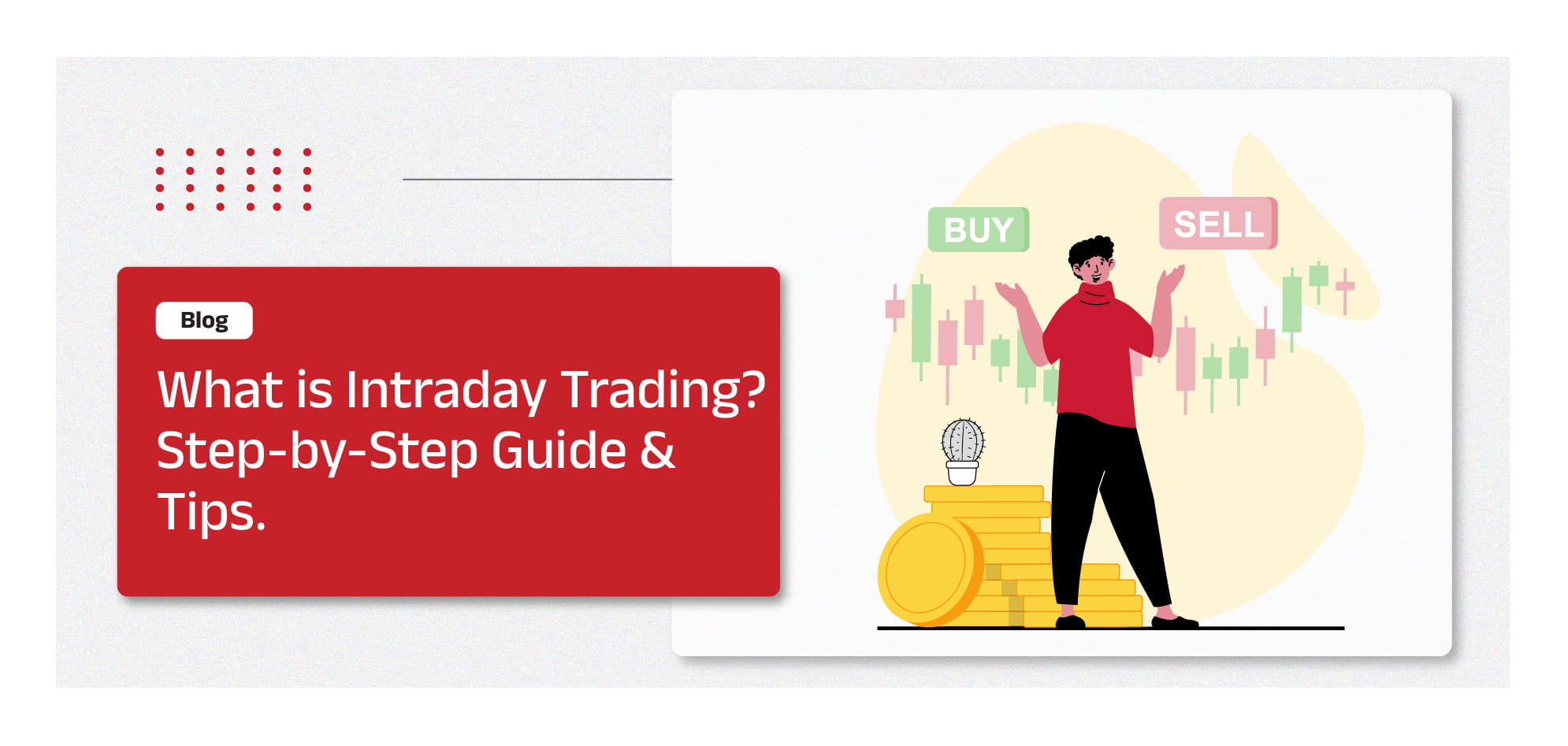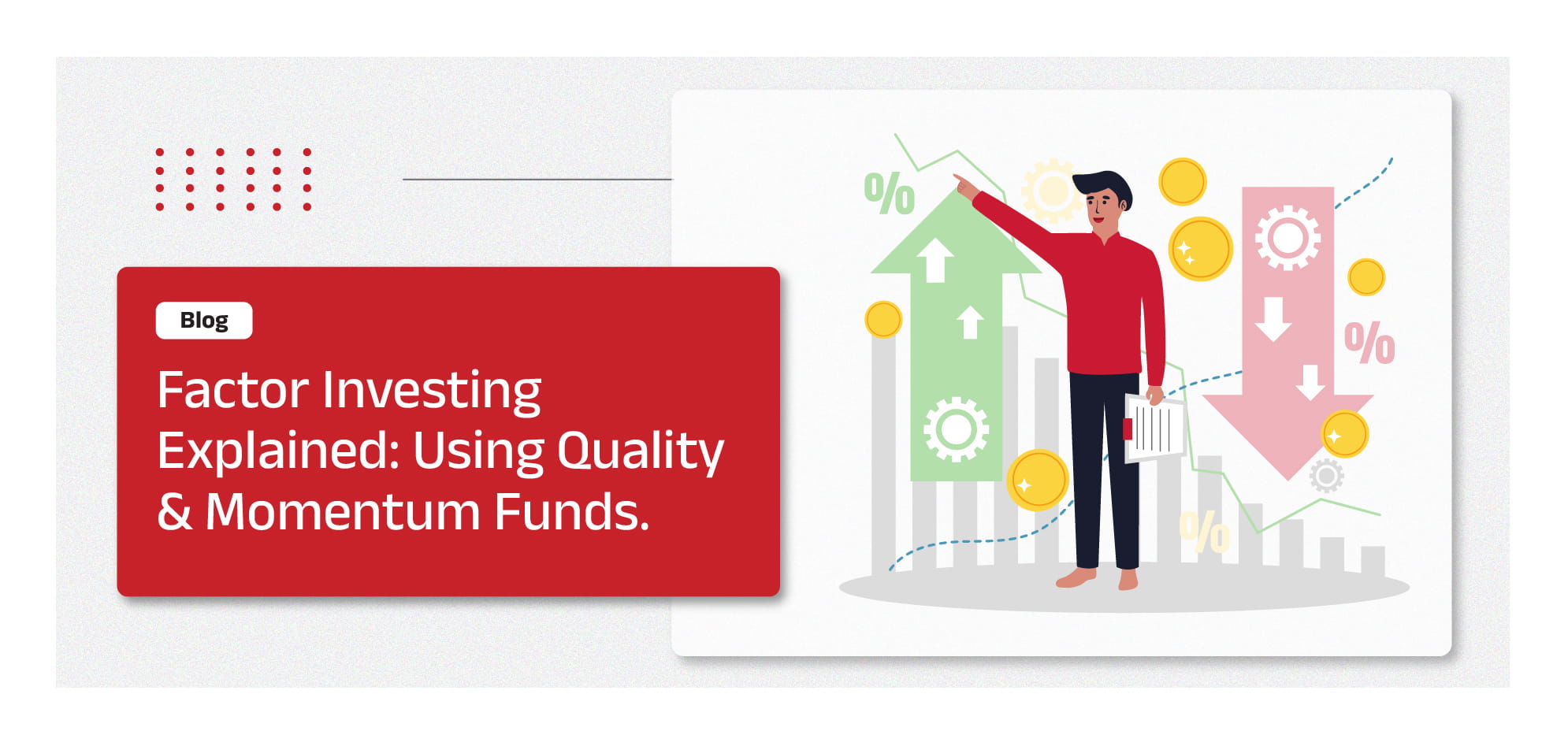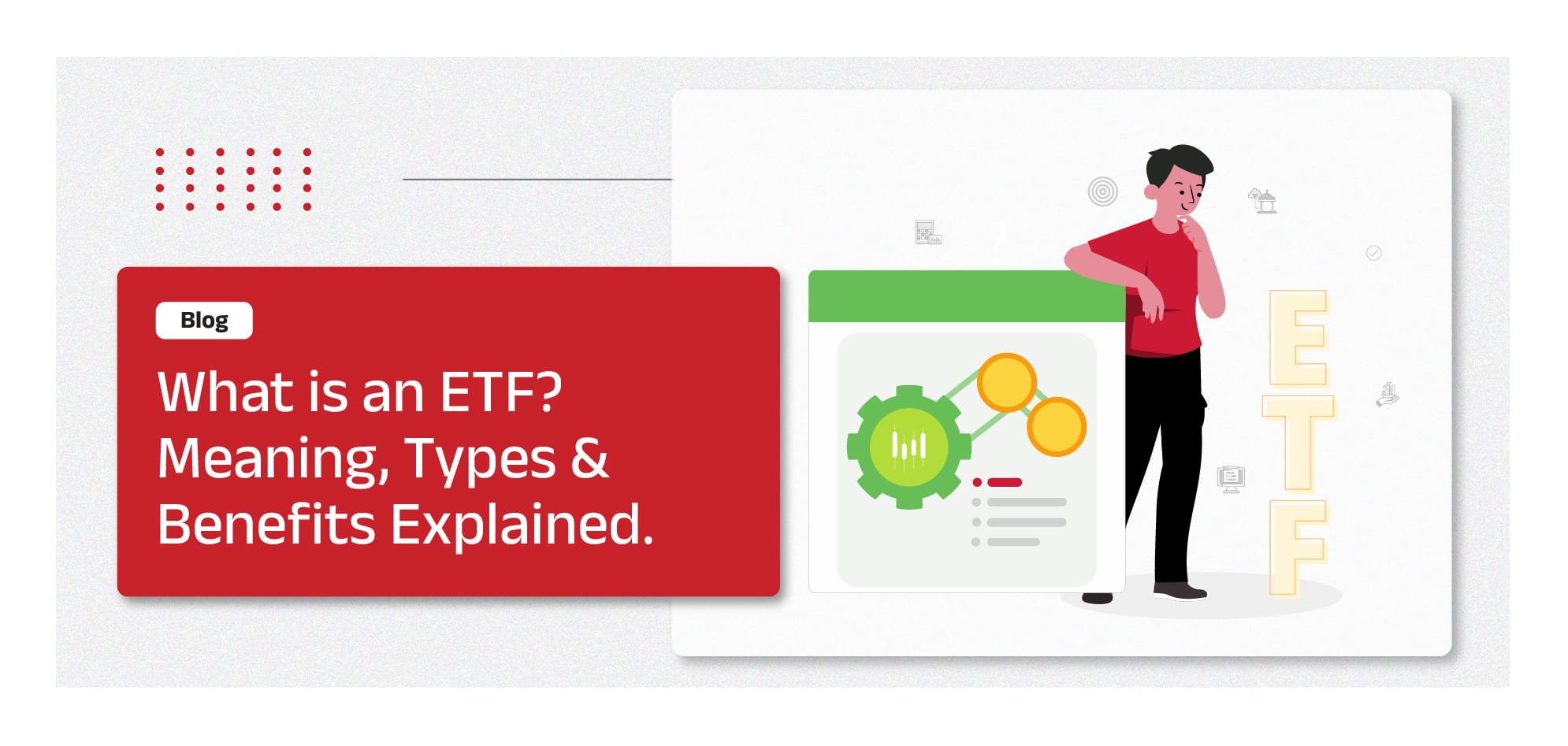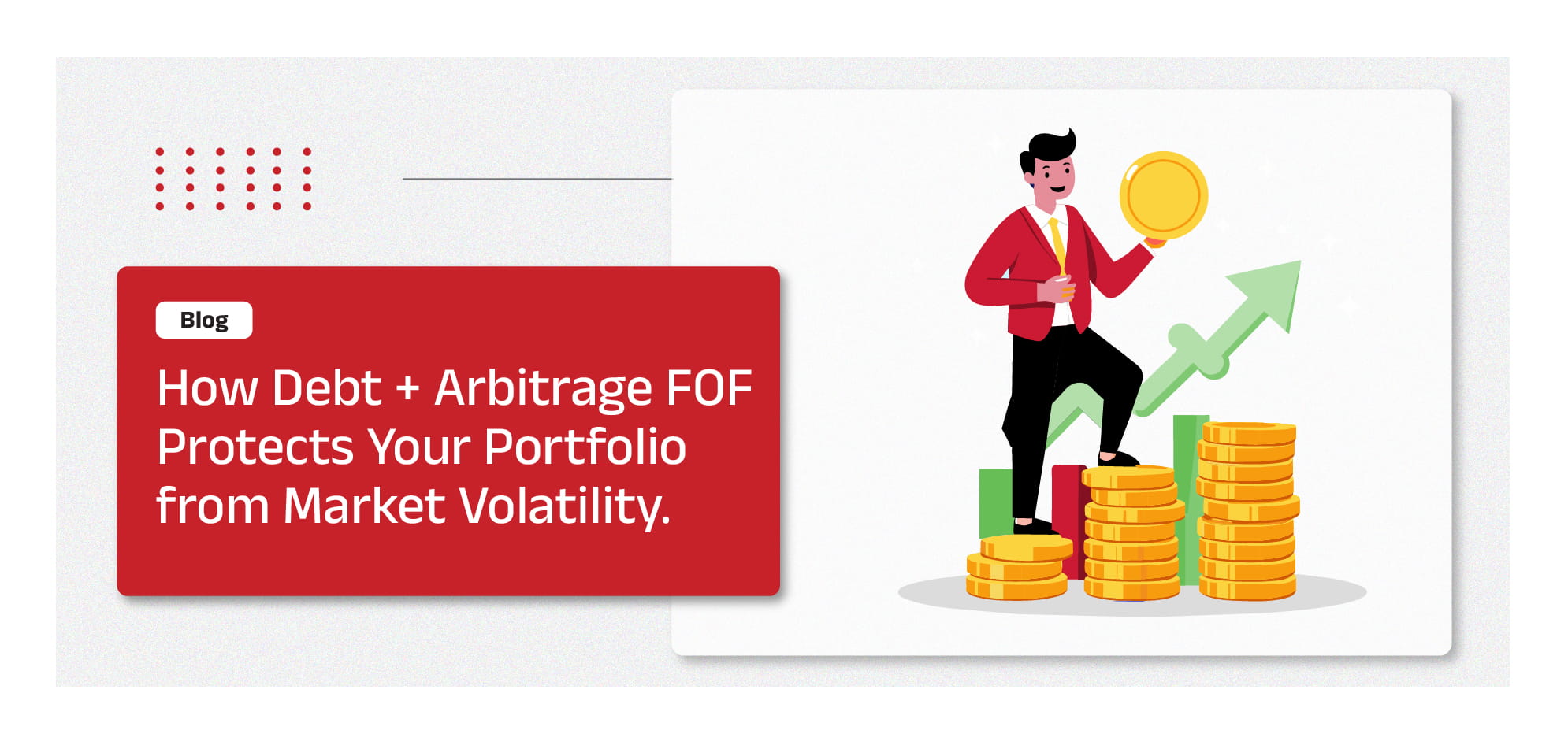-
Our Products
Our FundsFocus Funds
-
Self Care
Self-ServiceFind InformationWays To TransactPartner Solutions
-
Downloads
- Learnings
- About Us
-
More
-
Shareholders
-
Shareholders
-
Updates
-
-
SIP Calculators
- Back
-
Shareholders
Equity
Multi Cap
An open ended equity scheme investing across large cap, mid cap & small cap stocks
Annualized Returns %
Annualized
Returns %
Aditya Birla Sun Life Multi Cap Fund
SIP Amount
Min . ₹ 100
Lumpsum Amount
Min. ₹ 500
Aditya Birla Sun Life Multi-Cap Fund Overview
Aditya Birla Sun Life Multi-Cap Fund is an open-ended equity scheme investing across large cap, mid cap & small cap stocks.
Investment Objective
The objective of the scheme is to achieve long term growth of capital, at commensurate levels of risk through a diversified research-based investment in Large, Mid & Small cap companies. The Scheme does not guarantee/indicate any returns. There can be no assurance that the schemes’ objectives will be achieved.
Click here to know more about Equity Funds
Why should you invest?
-
If you are looking for long term capital growth
-
If you are looking for true diversification across market caps and across sectors
-
If you are looking for a balance between the established large caps and the emerging mid and small caps
-
If you are looking for all the above with minimum investments as low as Rs.500/-
Fund Details
CAGR
Latest NAV
AUM
Inception Date
Risk
Investment Horizon
5 years+
Annualized Benchmark Returns
Min Investment : Rs.500/-
Entry load
NIL
Exit load
1%
Total Expense Ratio (TER)
Sharpe Ratio
Beta Ratio
Other Parameters
Standard Deviation
Modified Duration
-
Yield to Maturity
-
Portfolio Turnover:
-
Average Maturity
-
Macaulay Duration
-
Net Equity Exposure
-
Fund Managers

Mr. Abhinav Khandelwal

Mr. Harshil Suvarnkar
Riskometer
ABSL
MultiCap Fund
(An open ended equity scheme investing across large cap, mid cap & small cap stocks)
This product is suitable for investors who are seeking
-
Long term capital growth and income
-
Investment predominantly in equity and equity related instruments as well as debt and money market instruments
*Investors should consult their financial advisers if in doubt whether the product is suitable for them
Fund Summary
-
Listed companies in India are categorised basis market capitalisation – large cap, mid cap and small cap. Each having its own unique features
-
Large caps are larger sized, established companies, believed to be relatively less volatile. While mid and small caps are emerging, likely high growth companies that may be subject to higher volatility .
-
A truly diversified portfolio with a mix of select large, mid and small caps can give long term capital growth with relatively balanced risk for investors. Selecting the right mix of these stocks though is crucial
-
Aditya Birla Sun Life Multi-Cap Fund is a fund that aims to build a truly diversified portfolio of stocks across market caps through expert fund management.
- It is an equity-oriented fund that invests a minimum of 25% of its portfolio each in large, mid and small cap stocks.
Fund discipline
The Scheme aims to allocate a minimum of 80% of its net assets to Equity and Equity related instruments.
A minimum of 25% of net assets are to be invested in each market cap category i.e.: 25% each to large cap, mid-caps and small caps.
The fund manager has the flexibility in invest the balance in equity across any market cap as per his discretion and as per available investing opportunities
The fund manager will seek out long term growth opportunities in stocks that primarily have strong fundamentals. Researched short term growth opportunities would also be considered
The scheme may also invest up to 20% of its net asset in debt and money market instruments for liquidity purposes
Tax Applicability
For any investments redeemed on or after April 1, 2025
- Short Term Capital Gains will now be taxed for investments held within 12 months at 20%
- Long Term Capital Gains will now be taxed for investments held beyond 12 months at 12.5%
The above rates are exclusive of surcharge and cess. Request you to take advice of tax/legal/accounting/financial/other professionals prior to taking any decision, acting or omitting to act
Forms & Downloads
Investors also viewed
Don’t know where to start? Start here!
Frequently Asked Questions
There are 3 stock categories as per market cap – large cap, mid cap and small cap. Market capitalisation is derived by multiplying the current market value of the listed stock with the number of its shares outstanding in the market.
They are categorised as follows:
- Large caps – 1st to 100th ranked stock in terms of market cap
- Mid-caps – 101st to 250th ranked stock in terms of market cap
- Small caps – All other listed stocks beyond 250th rank
A multi-cap fund is an equity-oriented fund that invests across market caps as follows:
- Minimum 25% allocation to large caps
- Minimum 25% allocation to mid-caps
- Minimum 25% allocation to small caps
At least 80% of portfolio must be invested in equity
This fund invests a minimum of 80% of its portfolio in equity instruments. As all multi-cap funds, it must maintain the minimum 25% in each market cap allocation category.
The benefits of investing include:
- Diversification across market caps, even at low minimums
- A mix of established large caps (with lower volatility) and emerging, likely high growth mid and small caps (albeit at higher volatility)
- Fund manager expertise to select mix of stocks
- Tax efficient, long term investment avenue
You should invest in this fund if you are looking for long term capital growth through a portfolio of stocks diversified across market caps and across sectors
An expense ratio is determined to cover fund management and other administrative costs of the fund. The expense ratio is as per prescribed limits, regulated by SEBI.
The fund does not have any entry load. Exit load is only applicable in case of redemption of units within 90 days of allotment – 1% of NAV applicable in such cases. If units are held beyond 90 days, no exit load is charged.
No, having a demat account is not necessary for investing in this fund.
• Fresh Purchase (Incl. Switch-in): Minimum of Rs. 500/- and in multiples of Re. 1/- thereafter
• Additional Purchase (Incl. Switch-in): Minimum of Rs. 500/- and in multiples of Re. 1/-thereafter
• Repurchase for all Plans/Options: In Multiples of Rs. 1/- or 0.001 units.
- Performance Graph
Popular Searches
Mutual Funds Investment
Equity Funds
Debt Funds
Hybrid Funds
Index Funds
ETF
Fund of Funds (FoF)
Target Maturity Funds
What is a Mutual Fund?
What is Equity Fund?
What is Index Fund?
Types of Mutual Funds
Systematic Transfer Plan (STP)
SWP in Mutual Funds
Balanced Advantage Funds
Open-Ended Schemes
What is ETF?
Mutual Fund Tax Benefits
Expense Ratio
IDCW
What is AUM?
What is AMC?
Indexation in Mutual Funds
One Time Mandate
Exit Load
What is Bank Nifty?
What is Finnifty?
What is Nifty?
What is Tax?
What is Debt?
What is ITR?
What is Chapter VI (A)
What is Investment?
Compound Annual Growth Rate (CAGR)





 1800-270-7000
1800-270-7000




























